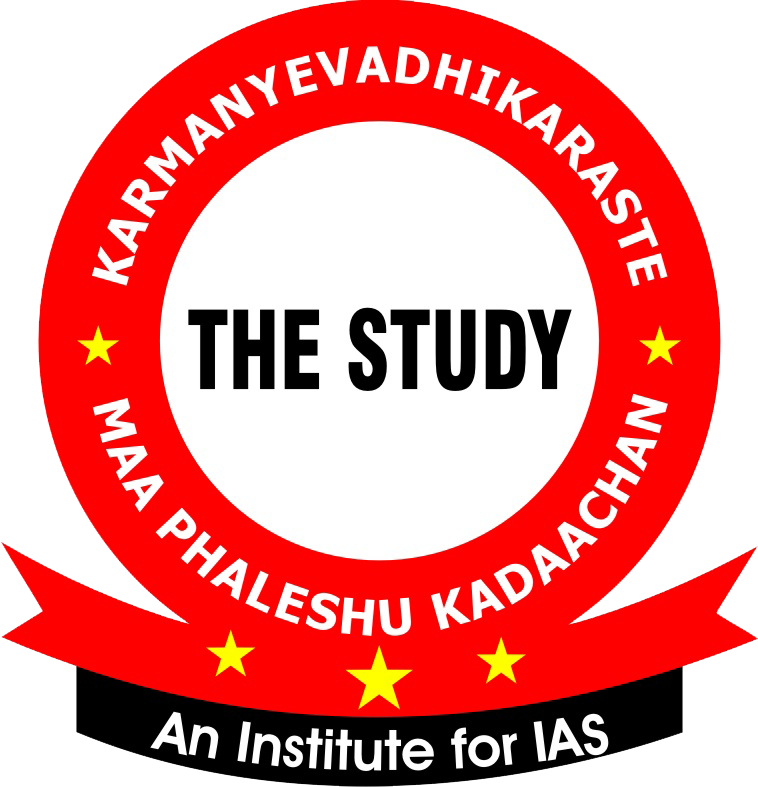June 22, 2023
SEMICONDUCTOR FAB: THE UNFINISHED AGENDA
SEMICONDUCTOR FAB: THE UNFINISHED AGENDA
The establishment of semiconductor fabrication plants in India is in line with the growing market demand; however, there are currently no semiconductor manufacturing plants in the country.
Target: To reduce the dependence on import of semiconductors.
The government’s 2022 Semiconductor Mission is laudable. But today, there is still uncertainty about whether India will have a fab.
EARLIER ATTEMPTS
- In 2007, a Special Incentive Package (SIP) was introduced as the first serious attempt to establish a semiconductor fabrication plant in India, but it did not receive a positive response.
- In 2012, a Modified SIP was implemented, and two consortia were approved by the Cabinet with attractive incentives.
- Extensive outreach efforts were made to major fab companies worldwide, bringing India close to having a semiconductor fabrication plant.
- The two fabs required a total investment of $10 billion, with the government offering incentives of nearly $5 billion in cash and tax cuts.
- Locations for the fabs were finalized, and land was allocated, but ultimately both projects failed to mobilize the necessary resources.
- Semiconductor fabrication represents the cutting edge of technological advancement, following Moore's Law, which states that the number of transistors in a given area doubles every 18 months.
- However, the progress of miniaturization is accompanied by increased complexity and costs.
CHINA'S SUCCESS
- China started late in the semiconductor fabrication industry but has achieved strategic dominance in chip production.
- With massive government financial support over the past two decades, China acquired numerous loss-making fabs worldwide and developed its own fab industry.
- China's chip production has grown rapidly, aided by lower manufacturing costs and a sizable electronics manufacturing sector.
- By the time the United States realized it, China had already become a major chip producer.
- The transfer of the latest fab-related technology to China has been blocked by the U.S. and its Western allies.
- In response, the U.S. enacted the CHIPS and Science Act in 2022, providing nearly $40 billion in subsidies, while the European Union sanctioned €7.4 billion for a new fab in France.
- Investment in a semiconductor fab is risky, requiring the recovery of billions of dollars before the technology becomes obsolete.
- Economic viability often demands substantial production volumes, reaching levels sufficient to meet global demand.
- The small freight-to-price ratio and the zero-custom duty regime under the Information Technology Agreement, 1996, favor production in a single location and global sales.
- The combination of these factors has led to a lack of interest from companies in setting up new Greenfield fabs.
WHY NOT INTERESTED IN GREENFIELD FAB?
- Developing an ecosystem for chip manufacturing in a Greenfield location poses significant challenges.
- Chip fabrication requires the use of hundreds of chemicals, and gases, necessitating proper handling and management.
- Extensive training is required for the workforce involved in chip manufacturing, and a reliable supply of clean water is essential.
- The art of chip-making is crucial, as poor quality and low yields can lead to the failure of fabs, regardless of advanced equipment.
- Logic chips, which are essential for electronic equipment and its functionalities, require the most advanced technologies for manufacturing.
- Memory fabs typically employ the most advanced feature nodes, while analog fabs can have larger sizes, possibly reaching up to 130 nm.
- Logic fabs are the most expensive, while analog fabs are comparatively less costly.
- A relatively easier option is to initially focus on Assembly, Testing, Packaging, and Marking (ATMP) to develop the fab ecosystem before establishing a full-fledged fab.
- However, it's important to note that ATMPs have limited value in terms of actual chip-making.
LESSONS FROM CHINA, BENEFITS FOR INDIA
- India's strategy focuses on establishing a new logic fab, taking lessons from China's approach of acquiring loss-making fabs and setting up their own logic fab.
- Acquiring existing fabs offers several advantages, including reasonable pricing, stable technology, an existing supply chain ecosystem, established assembly lines, and market presence.
- This approach would enable India to build the necessary fab ecosystem and provide training for human resources.
- The acquisition of existing fabs would require relatively minimal subsidies, allowing the saved funds to be allocated towards advanced research and development in fab technologies.
- Investing in state-of-the-art fabs in the coming years would be facilitated by the funds allocated for advanced R&D.
- Another strategy that could be considered is the establishment of Assembly, Testing, Packaging, and Marking (ATMP) facilities. Tessolve, which has been acquired by the Tatas, set up an ATMP in 2013-14. This ATMP has been successful in packaging chips with feature sizes up to 7 nm. China currently has over 100 ATMPs in operation.
******

